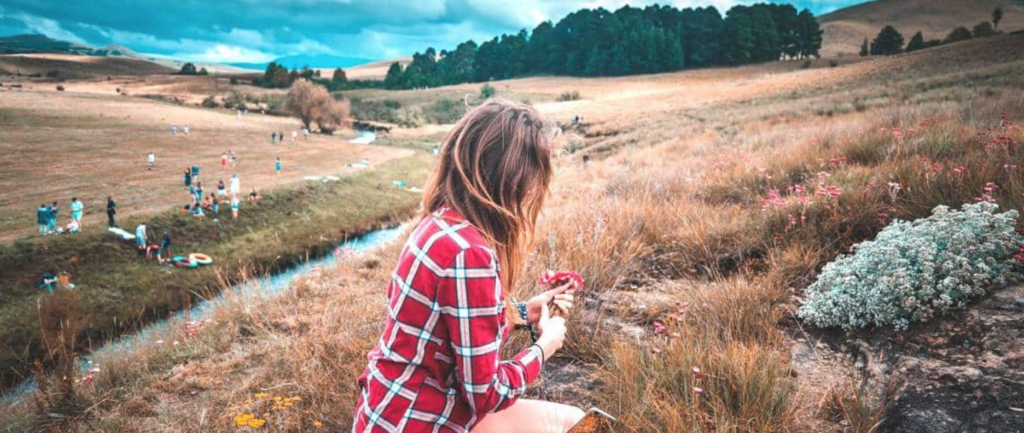As spring rolls into season, there’s a high chance your allergies are ramping up with it. Even though your travels may be postponed for now, look ahead to sunnier days and read up on Apartmentguide‘s top-10 cities for allergies.
SOURCE: Apartmentguide https://www.apartmentguide.com/blog/best-cities-allergy-sufferers/
- It’s hard to escape seasonal allergies completely, but certain cities are better than others
- Cities were ranked by their pollen count, amount of allergy medication prescribed and the number of allergists in the area
- No matter where you live, there are some easy ways to alleviate allergies
Runny nose? Watery eyes? That feeling like you’re suffering from a cold even though the weather is beautiful?
Allergies are terrible, and where you live might be making things worse.
Every year, the Asthma and Allergy Foundation of America (AAFA) releases a report of the best and worst cities for allergy sufferers in the United States.
Here are some of the best places to live with allergies. Getting an apartment in one of these cities could change your life.
10. San Jose, CA
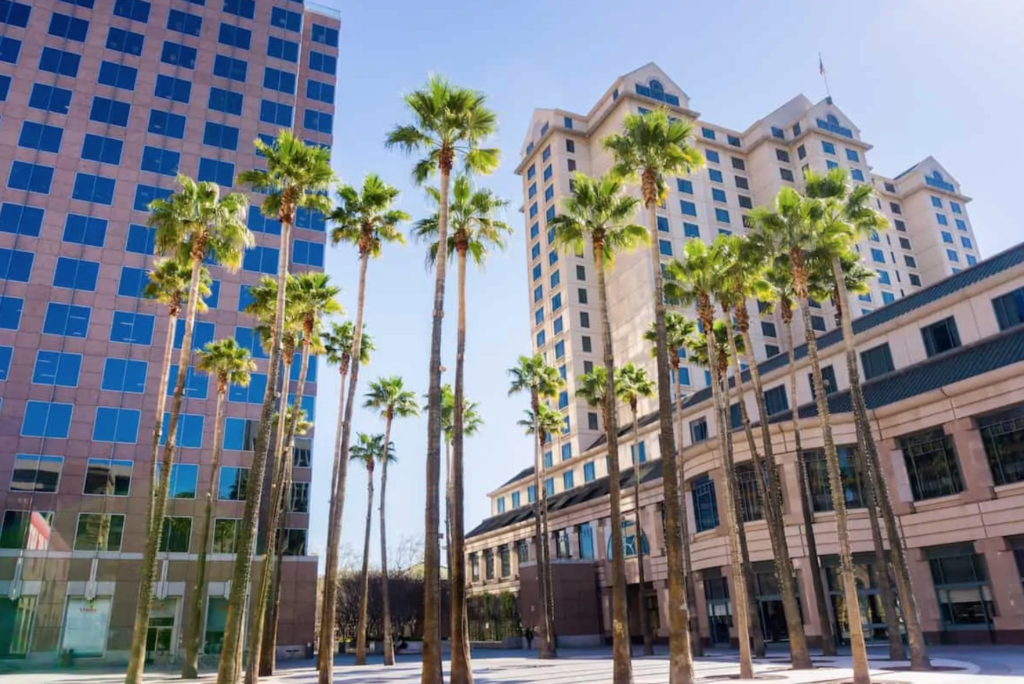
If fall allergies are your Achilles heel, San Jose could be the answer to your prayers. Located in the heart of Silicon Valley, San Jose is naturally low in common fall allergens, which tend to be weeds like ragweed, bottlebrush and pigweed. Mold, which often impacts other areas to the extreme, is also low in this neck of the woods.
A one-bedroom apartment in San Jose will run you about $3,128 on average.
9. Boise, ID
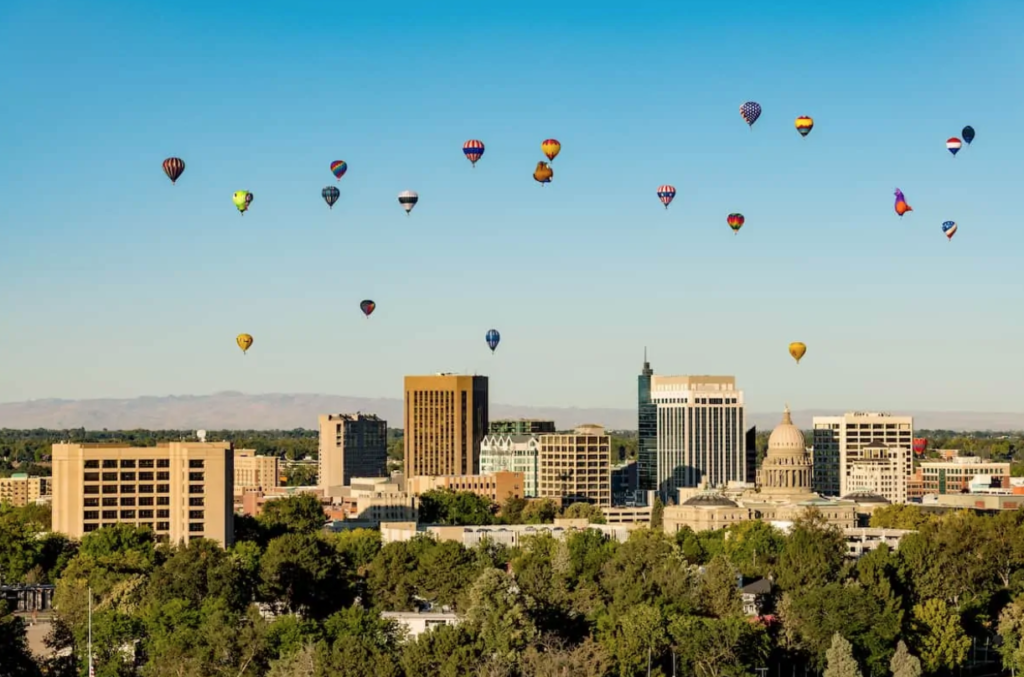
Boise isn’t without common allergens, but for some reason, they tend to affect fewer people and with less severity than in other parts of the country. In fact, the AAFA puts the city, ironically nicknamed “City of Trees,” at 92 out of 100 on its list of the most challenging places to live with seasonal allergies.
So, you might need some tissues and over-the-counter medications to make it through, but you’ll need less than say, Richmond, VA, which tops the list of worst places.
The typical one-bedroom apartment in Boise is about $1,263 per month.
8. Portland, OR
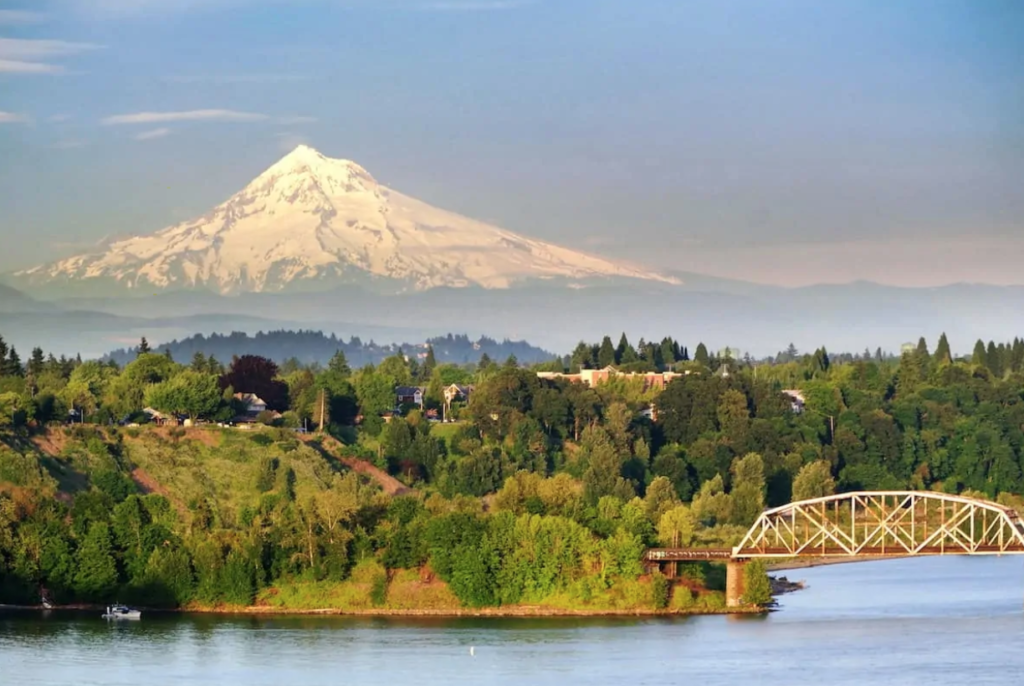
The good news is that the Pacific Northwest is generally lower in ragweed than many other parts of the country, so people who just can’t handle that big bad allergen should be able to breathe easy in Portland.
It still has the typical amounts of grass and tree pollen, however, so it’s not exactly a sneeze-free paradise.
In Portland, a one-bedroom apartment rings in at $1,897 a month on average.
7. Fresno, CA
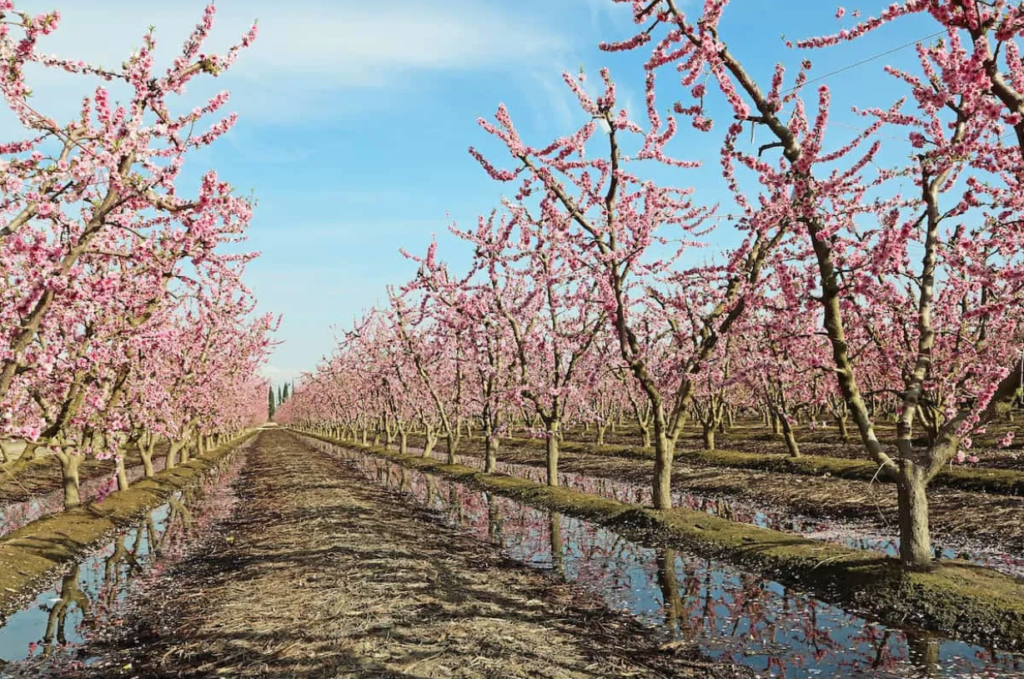
A gem of the San Joaquin Valley in Central California, Fresno is a major hub of agriculture. Fortunately, the crops grown in the area (notably citrus, grapes and nuts) are largely friendly to seasonal allergy sufferers.
Tree and grass pollens tend to be lower in the springtime than other areas of the country, but high mold levels are not uncommon. Also, like many metropolitan areas, Fresno does experience periods of poor air quality, which can make mild seasonal allergies worse.
A one-bedroom apartment in Fresno averages $1,205.
6. Milwaukee, WI
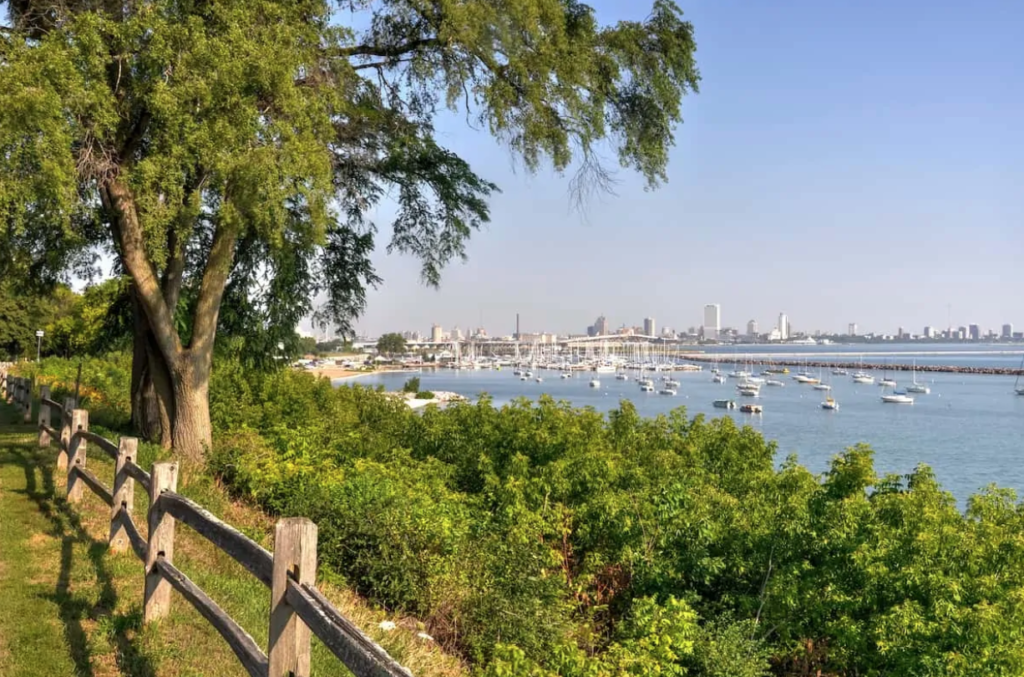
The Milwaukee area enjoys better pollen levels than average compared with other metropolitan cities around the country, which is why it nearly cracked the top five best cities for people with allergies.
Some of this could be due to the long winters and comparably shorter summers the area experiences, which means that trees/grass/flowers have less time to pollinate.
A one-bedroom apartment in the Milwaukee area will set you back about $1,403.
5. Stockton, CA
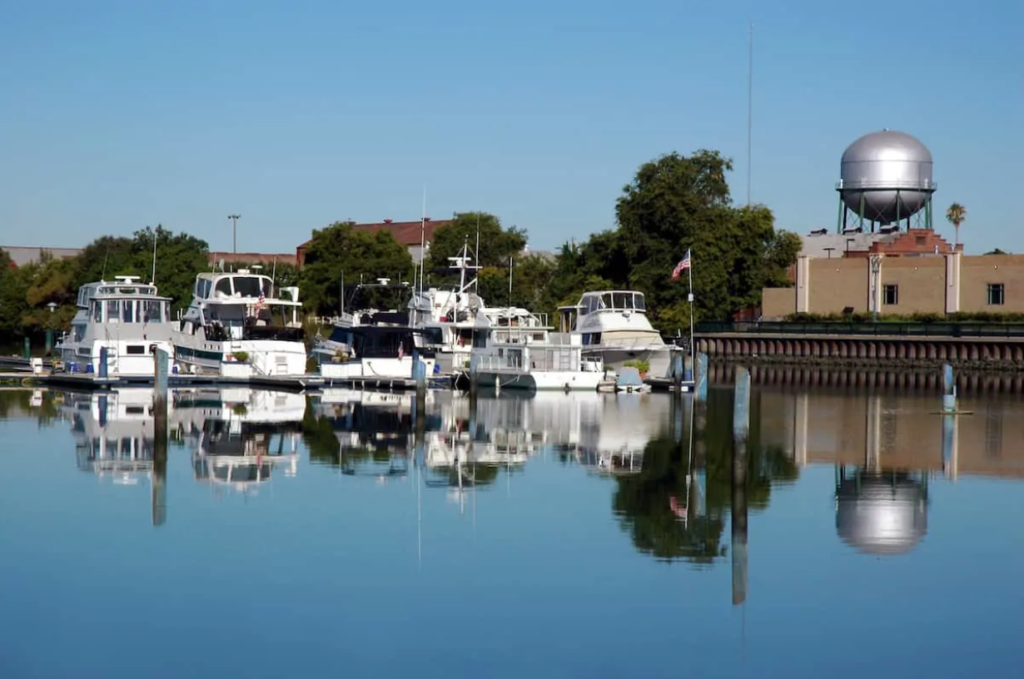
Spring allergies are typically at their peak in the Central California city of Stockton in May, but the season runs from March to June (and then again in the fall). Intense summertime heat, low rainfall and mild winters limit the area’s vegetation, thus the pollen.
Still, it’s not unusual for locals to rely on over-the-counter medication to get over the seasonal allergy hump.
A one-bedroom apartment in Stockton typically runs about $1,196 per month.
4. Salt Lake City, UT
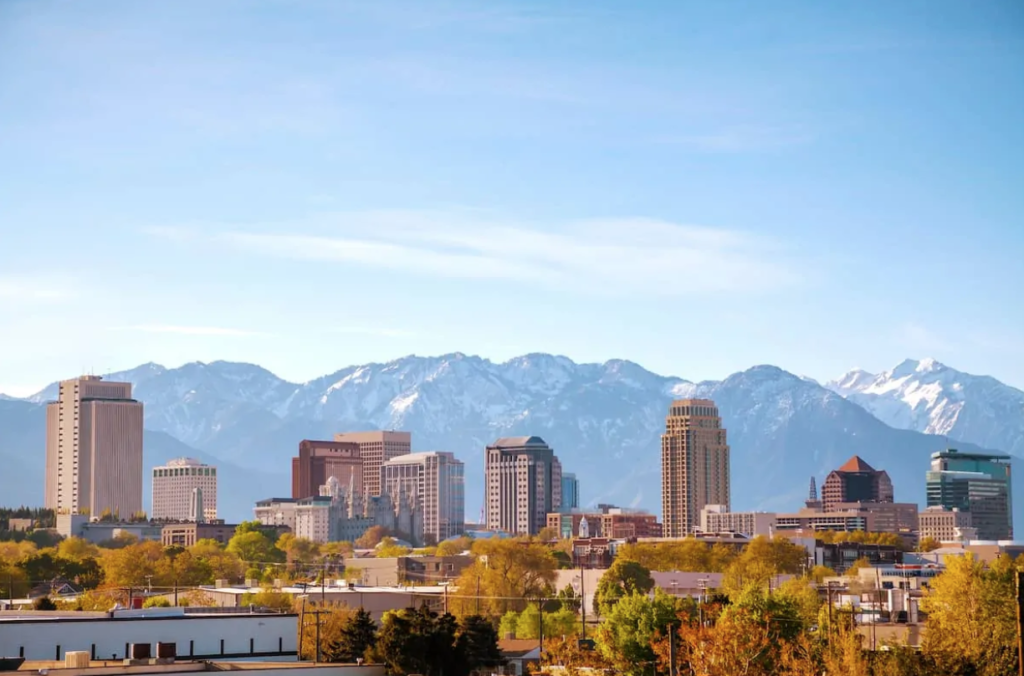
Salt Lake City has a couple of things going for it, in terms of allergies. First, the growing season is short, which means that flowers bloom for less time. Humidity also keeps pollen airborne, and since Salt Lake City is so dry, they simply don’t have that problem.
However, the super cold winters can be troublesome for people with asthma, so it’s not a total slam dunk, breathing problem-wise.
In Salt Lake City, a one-bedroom apartment averages $1,431 per month.
3. Seattle, WA
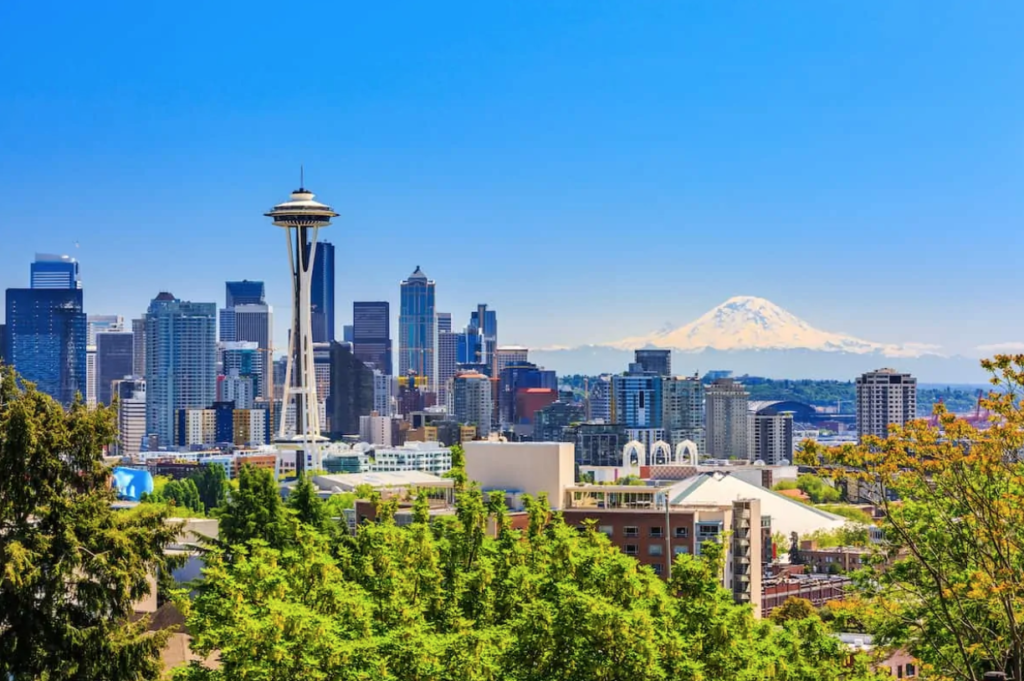
Situated smack in the allergy-ideal Pacific Northwest, Seattle (like its neighbor Portland) is exceptional for people who suffer from ragweed allergies. However, climate change is making winters shorter and the growing season longer, which experts fear could lead to worsening allergy rates.
For the moment, however, the Emerald City’s safe, landing in the top three best places to live for allergy sufferers.
Seattle is not known for being cheap, however! A one-bedroom apartment runs $2,585 in monthly rent.
2. Provo, UT
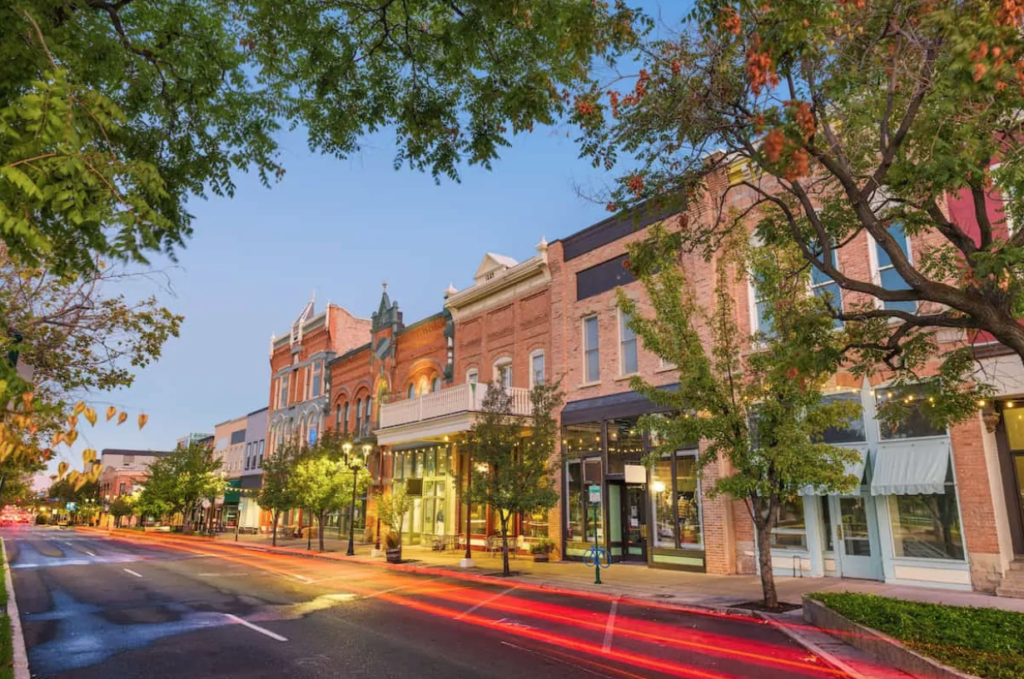
Just a 45-minute drive south of Salt Lake City, Provo is one of the most popular places to live for people with respiratory problems, thanks to its clean air and mild winters and summers. The air quality is indeed key to allergy success in Provo, as is access to excellent doctors and allergy specialists, just in case.
In Provo, monthly rent falls around $914.
1. Durham, NC
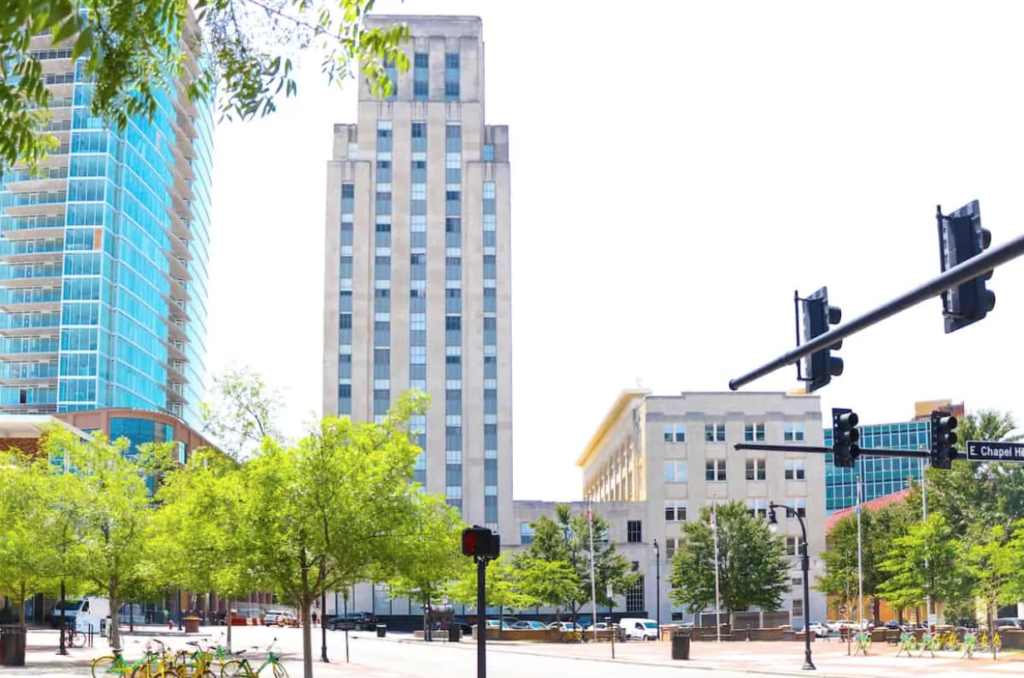
Alright, so Durham (like the rest of the South) isn’t immune to the annual springtime pine pollen invasion, but other than that temporary setback, the city, which lies in North-Central North Carolina, earned its spot at the top of the list.
This is probably helped along by frequent rain showers, which help to clear away pollen, but also because Durham is home to Duke University, where many of the best doctors (thus, allergists) are trained and work.
A typical one-bedroom apartment in the Durham area averages $1,216.
- Related: The Worst Cities for Allergies
What makes a city allergy-friendly?
The report from AAFA takes three things into consideration for each city: pollen count, amount of allergy medication prescribed and the number of allergists in the area. The top 10 all have pretty low pollen counts, but the other factors are important.
Outside of just counting pollen, the best places seem to offer some combination of being near the coast and having long cold seasons, meaning there’s less time for pollen growth.
If you want to know how your city stacks up, check the full report.
What do I do with this information?
Well, it’s up to you what to do. Most people probably don’t have bad enough allergies to make them move, but this can be a factor next time the opportunity comes up.
Until then, having an idea of how bad your city is for allergies can help you to take care of yourself right now. Keep track of current pollen levels on websites like Pollen.com, and take precautions to keep your exposure to pollen relatively low. Keeping the windows closed and avoiding outdoor activities are just a couple of steps you can take to get rid of allergens and keep them out.
Don’t forget to check with your doctor and get their recommendation for medication and treatments for your allergies. If you have pets, make sure to clean thoroughly to avoid dander being too much of an issue. Changing to greener cleaning supplies can also make a big difference in keeping your apartment free from too many allergens building up.
Rent prices are based on a rolling weighted average from Apartment Guide and Rent.com’s multifamily rental property inventory from March 2019 to March 2020. We use a weighted average formula that more accurately represents price availability for each individual unit type and reduces the influence of seasonality on rent prices in specific markets. The rent information included in this article is used for illustrative purposes only. The data contained herein do not constitute financial advice or a pricing guarantee for any apartment.
SOURCE: Apartmentguide https://www.apartmentguide.com/blog/best-cities-allergy-sufferers/
Also on Coast to Coast
-
A Cup A Day: Managing Diabetes One Beverage at a Time
-
Episode 27 of Coast to Coast: Checking out the Galleri Classic & Summer Travel Inspiration with Dalia Colón!
-
Episode 26 of Coast to Coast: Exploring The Thermal Club’s $1 Million Challenge & the Top Cocktails for Spring!
-
Coast to Coast Kicks Back at GBK Brand Bar’s Pre-Oscar Luxury Lounge
-
Spring Vacation Inspiration with Travel Expert Stacie Jacob
